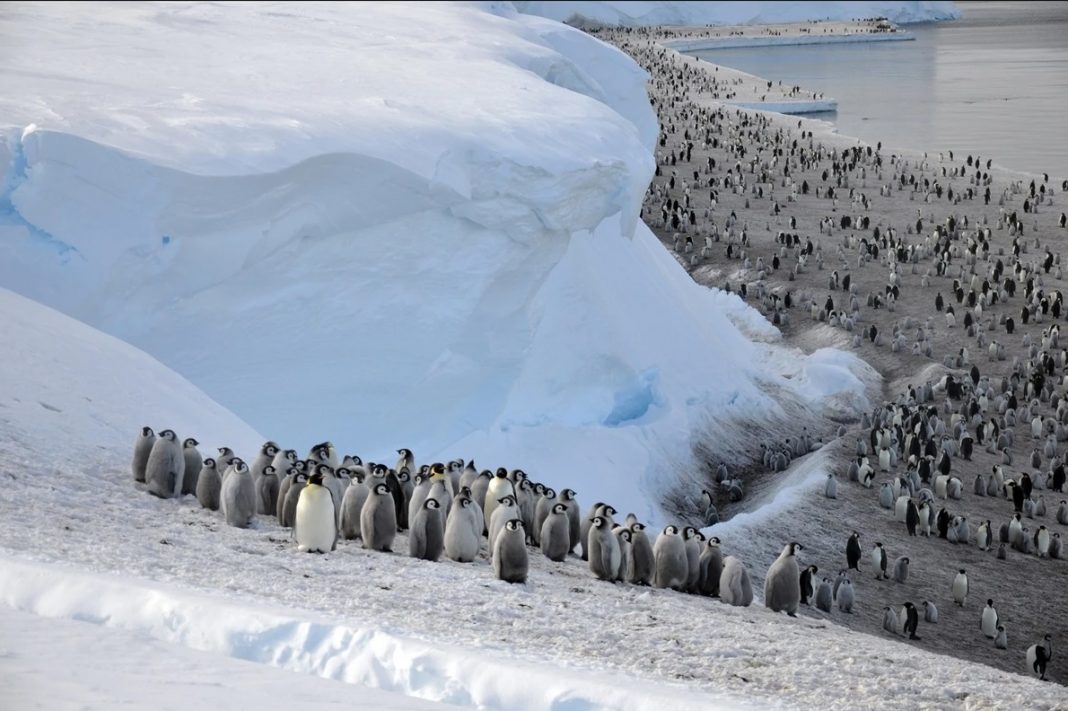It was determined that the emperor penguin population in the region covering the Antarctic Peninsula, Weddell and Bellingshausen seas has decreased by 22 percent in 15 years.
In the study shared on the website of the British Institute of Antarctic Studies (BAS), researchers examined the emperor penguin colony living in the region from satellite images obtained between 2009 and 2024.
Researchers found that emperor penguin numbers declined by 22 percent between the dates specified.
It has been noted that the decline in the emperor penguin population is due to melting sea ice.
The study estimated that if current global warming rates continue, penguins will face extinction by 2100.
“Sea ice is very important for penguins because they breed and feed on sea ice,” said Peter Fretwell, a researcher who analyzed the data.
Fretwell added that sea ice breaking up earlier in the year due to climate change is allowing predators such as leopard seals and orcas to approach the colonies, adding that warming ocean temperatures and changing rainfall patterns could also impact penguin chick survival.
The colonies studied represent approximately 30 percent of the total emperor penguin population living in Antarctica.
The research was published in the journal “Nature Communications: Earth & Environment.”









